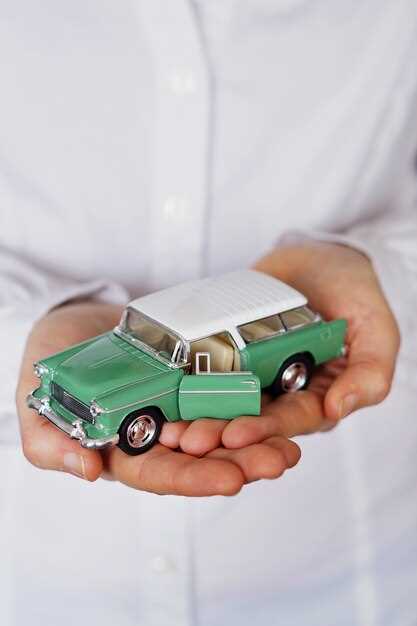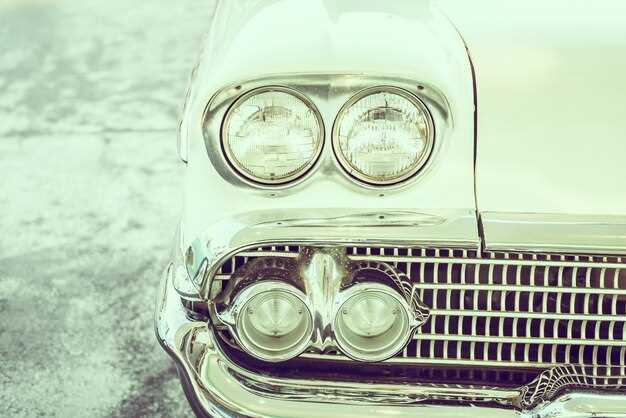
The debate surrounding emissions testing for classic cars has gained significant traction in recent years, as both enthusiasts and lawmakers contemplate the implications of modern environmental regulations on vintage vehicles. Classic cars, often considered pieces of art and engineering marvels, evoke nostalgia and pride among their owners. However, as concerns about air quality and climate change intensify, the question arises: should these timeless vehicles be exempt from contemporary emissions testing laws?
Proponents of exemptions argue that classic cars, which typically fall outside the bounds of production within the last few decades, contribute minimally to overall emissions. Given that their numbers on the road are relatively low, the environmental impact of these vehicles is often seen as negligible compared to modern cars. Additionally, many classic car enthusiasts maintain their vehicles meticulously, further reducing their emissions relative to poorly maintained newer models.
On the flip side, opponents of emissions testing exemptions point out the need for a comprehensive approach to air quality management. As cities face increasing pollution levels, regulations must account for every contributor. They argue that allowing classic cars to operate without emissions testing might set a concerning precedent that could undermine efforts to improve air quality. Consequently, understanding the balance between preserving automotive history and ensuring a sustainable environment becomes crucial as lawmakers navigate this complex issue.
Criteria for Classic Car Exemptions in Emissions Testing

Classic cars are often subject to different regulations compared to modern vehicles, particularly regarding emissions testing. Various laws establish criteria for granting exemptions to these vintage automobiles, primarily to preserve their historical significance and keep them operable for enthusiasts.
One of the primary criteria for classic car exemptions is the age of the vehicle. Most jurisdictions define a classic car as one that is at least 20 to 25 years old. This age threshold typically aligns with the idea that older cars emit fewer pollutants due to their outdated designs, and they are not driven as frequently as modern vehicles.
The condition and level of use also play crucial roles in exemption eligibility. Many laws require classic cars to be maintained in a manner that ensures they are not daily drivers. Owners must often demonstrate that the car is primarily used for special occasions or exhibitions, limiting its impact on overall emissions.
Moreover, some regulations consider the production history of the vehicle, allowing exemptions for those models that were manufactured in limited quantities. This classification not only recognizes their rarity but encourages preservation efforts, which can often outweigh concerns over emissions.
Finally, owners may be required to obtain special permits or documentation to validate their classic car status. This process typically involves inspections or registrations that acknowledge the vehicle’s historical relevance while ensuring that it meets specific standards set out in emissions laws. Such measures help strike a balance between environmental responsibility and the preservation of automotive heritage.
State-Specific Regulations Affecting Classic Car Emissions

Classic cars often evoke nostalgia and pride among enthusiasts, but their emissions regulations can vary significantly from state to state. Understanding these state-specific regulations is crucial for classic car owners to ensure compliance and preservation of their vehicles.
Several factors influence emissions testing and regulations for classic cars:
- Age of the Vehicle: Many states define classic cars based on their age, often exempting vehicles that are over a certain number of years old. For example, vehicles over 25 years old may qualify for exemptions, which can relieve owners from stringent emissions testing.
- Type of Vehicle: Some states differentiate between passenger cars, trucks, and motorcycles when it comes to emissions standards. This can impact how classic cars are regulated.
- Refurbishment and Modifications: States vary in their approach to emissions testing for modified classic cars. Some may require emissions testing regardless of modifications, while others may grant exemptions based on the nature of the modifications made.
- Geographical Considerations: Urban areas often have stricter emissions regulations due to pollution concerns compared to rural regions. Classic car owners in metropolitan areas may face more rigorous testing and potential fines for non-compliance.
Each state’s regulations can include specific exemptions, such as:
- No Testing Requirements: States like California and New York may allow certain classic cars to be exempt from emissions tests due to their historical significance.
- Reduced Emissions Standards: In some regions, classic cars might be subjected to lower emissions standards than modern vehicles, acknowledging their distinct engineering and design.
- Special Permits: Certain states offer permits that allow classic car owners to drive their vehicles on a limited basis, circumventing regular emissions testing requirements.
It is essential for classic car owners to familiarize themselves with the emissions regulations in their respective states. This understanding not only helps them to comply with the law but also preserves their passion for classic vehicles amidst the evolving landscape of environmental standards.
Impact of Emissions Testing on Classic Car Restoration Projects
The restoration of classic cars is a labor of love for many enthusiasts. However, the impact of emissions testing laws can significantly influence these projects. As various jurisdictions implement stricter environmental regulations, the requirements for emissions testing can pose challenges for classic car restorers.
One primary concern is the compatibility of older engines with modern emissions standards. Many classic cars were designed at a time when environmental considerations were minimal. Restoring such vehicles to meet current laws may require extensive modifications, which can alter their original authenticity and decrease their value.
Moreover, the financial aspect cannot be ignored. Costs associated with compliance can significantly increase the overall budget for restoration projects. Owners may need to invest in new exhaust systems, catalytic converters, and other components to make their vehicles street-legal. This necessity can deter potential restorers, particularly those on tighter budgets.
Another facet is the potential for emissions testing exemptions, which some states offer for vehicles over a certain age. The lack of a universal standard means that classic car enthusiasts must navigate a complex landscape of laws that vary widely by location. Understanding these regulations is crucial, as failing to comply can lead to fines or even the inability to register the vehicle.
In conclusion, emissions testing has a profound impact on classic car restoration projects. While these laws are essential for environmental protection, they also create obstacles for restorers aiming to preserve automotive history. Finding a balance between compliance and authenticity remains a pivotal challenge for the classic car community.












